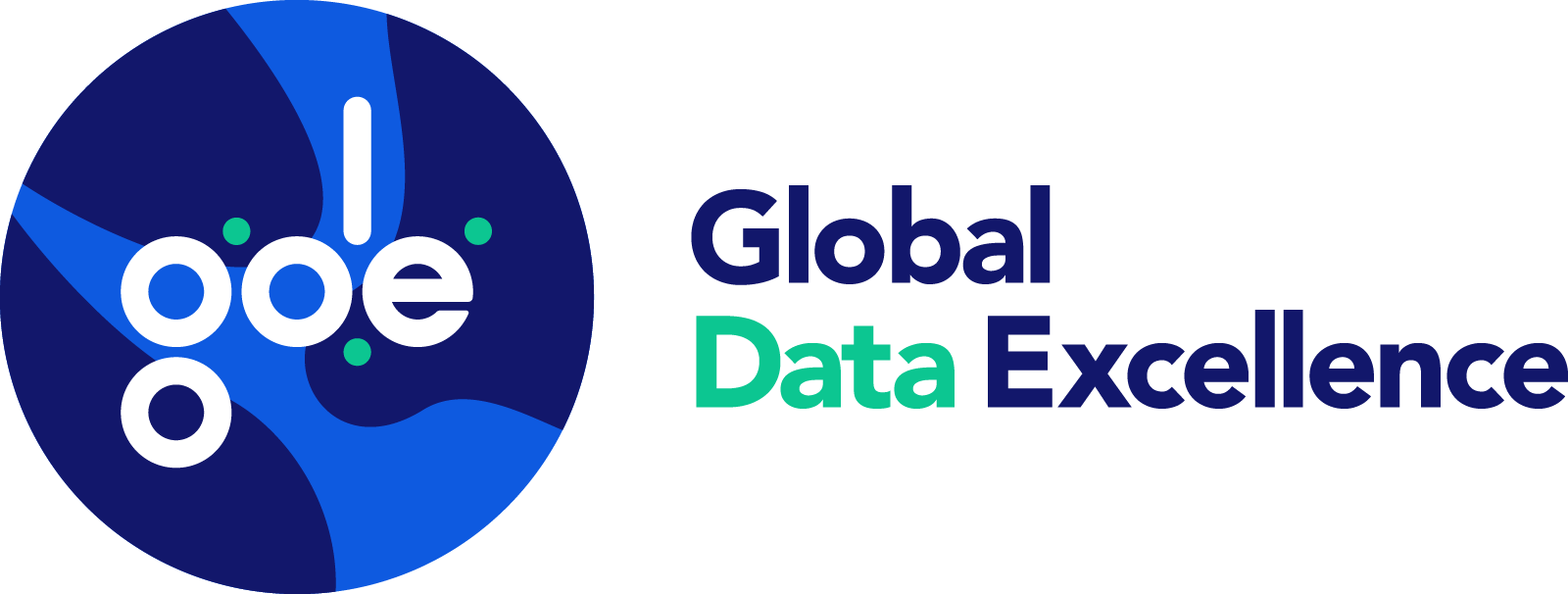
What happened yesterday?
What is happening now?
What will happen tomorrow?
These are basic questions, but they get to the heart of being a success in business. If you can understand what has happened in the past, clearly visualize what is happening in the present, and understand what the future is likely to hold you’ll be a step ahead of your competitors, in prime position to leverage your knowledge, and capable of taking a truly 360-degree view of your business.
Increasingly organizations rely on data to help them adopt a 360-degree posture. With enough data, after all, it should be possible to describe your history perfectly, your real-time position, and accurately predict where the future will take you. In reality, however, this rarely happens. As industry analysts Gartner have reported, fewer than 10% of companies have a 360-degree view of their business, and only about half of those are able to leverage this 360 degree view to improve their business.
But why is a 360-degree view so important? And what can an organization expect to gain by adopting technologies that power a 360-degree perspective? In this article we’ll answer both those questions and – with reference to examples in different industries – quantify just why taking a 360-degree view of your business could be the quick and enduring win your executive team is seeking.
Why the 360-degree View is Essential
Modern large businesses are incredibly complex organizations. Composed of thousands of individuals (workers, managers, executives), physical assets (offices, warehouses, machines, stock units), logistics chains (vehicles, scanning stations, tracking sensors) as well as partners, support teams, and dynamic demand curves to boot. All these moving parts are interconnected, many are interdependent, and a small change in one part of the business can have cascading effects right across the organization. The capacity to identify which parts of the business are most critical and have the greatest impact on the success or failure of an organization is essential, and only a 360-degree view of the business offers decision makers this capacity.
So why don’t more organizations adopt the 360-degree view?
Simply put, while organizations often have the data to power a 360-degree view that data is disconnected. It will be in different silos, saved in different divisions, on laptops that aren’t connected to organization-wide networks, or locked in legacy systems that don’t connect to a corporate cloud. Data is on premise in one database, in the cloud in another database, and stored in third-party software systems, too. As a result, even if a company has the data to fuel a 360-degree strategy, they cannot access the data to do so.
At Global Data Excellence our DEMS technology connects to every different data source in an organization instantly. The DEMS Agent combines both business and technical metadata as well as many different technical metadata structures from various databases. As well as the standard connectors, users can build their own connectors directly into the DEMS connection repository and ensures that their view is truly holistic.
And the benefits? They can be enormous.
Rapid Massive Gains Thanks to a 360-degree View
Organizations that adopt a 360-degree view can and do realize rapid gains. We’ve witnessed quick and rapid wins for clients that have deployed DEMS within their organizations, with advantages measured in millions of dollars not only possible but common.
One food industry client, for example, adopted a 360-degree view by deploying DEMS on their disparate data systems. Before adopting DEMS, their decision-making lacked input and their view was largely opaque with no transparency overt the volume of suppliers that fed their manufacturing operations. With DEMS, the company was finally able to connect their production cost data with their sourcing cost data. Armed with this knowledge, the organization could identify the highest value streams in their supply chain and consolidate their suppliers moving forward. The impact on the organization? Around $1 billion annually.
Or consider a major telecom leader that understood that they were accumulating more than $2 billion in unpaid invoices but lacked an effective means to identify a way out of their situation. Forced with having to engage costly debt recovery agents and chasing invoices issued by different legacy ERP systems, recovering the funds owed was proving a messy and expensive challenge. The telco saw a way through, however: adopting a 360-degree approach to their business and implementing DEMS, they quickly identified where the underlying problems lay. They quickly put in place policies that cut their global operating costs by 5% and, at the same time, identified some $800 million worth of invoices that had incorrect payment terms. Cash collection improved, operating costs decreased, and the business thrived with a new holistic approach to strategic and operational decision making.
There’s also the bank that found themselves refusing too many consumer and business loans but without any real visibility on why this was the case. With financial performance data disconnected from loan data and with loan applications granted or refused far from head offices, it was near impossible to determine why so many loans were being refused despite the obvious impact on the bank’s bottom line as customers refused loans took their savings deposits elsewhere. Adopting DEMS and the 360-degree view of business, though, opened the door to the answer: the loans were being refused because of problems with the data structure, in particular the age of the client. By addressing this issue, the bank was able to identify $1.5 million in missed loan opportunities and pinpoint some $20 million in deposits at risk of being lost if loans were refused. Acting fast, the bank turned things around and implemented changes supported by their new, global vision of the problem.
How Will a 360-degree View Change Your Business?
The experience of companies that have adopted DEMS proves the value inherent in seeing the big picture and understanding how the different parts of a business contribute to the overall value of an organization. Having data on its own is not enough to provide this perspective, especially when that data is dispersed and disconnected. All of the data in the world is of little value if it cannot be leveraged and it is only when it is connected and computed as one system that decision makers can adopt a truly revolutionary 360-degree view.
As Gartner notes, some 90% of companies are yet to actually get to the point where that 360-degree view is possible, and only half of the companies that deploy this data fabric can claim to be making strategy and operating with a holistic approach. The benefit of doing so, though, is enormous whether saving a billion dollars on sourcing, identifying hundreds of millions in potential risks, or identifying the critical inflection points that lead to damaging cascading effects.
A holistic approach and a 360-degree view of your business can revolutionize your decision making and unlock hidden value. If you’re ready to understand what has happened in the past, what is happening now, and what the future will hold, then the time to act is now.
See how DEMS can change your business – contact us for your free demo!
Global Data Excellence News
Dr. Walid el Abed at S3C 2025: Data Sovereignty, Ethical AI, and Digital Governance
We are pleased to share the presentation by Dr. Walid el Abed, Founder and CEO of Global Data Excellence, at the S3C 2025 Summit – a major event...
Global Data Excellence and The Higher Committee of Human Fraternity Unite to Drive Ethical AI and Human-Centered Technology for Global Good
For immediate release Geneva, Switzerland – May 23, 2025 – Global Data Excellence (GDE) and The Higher Committee of Human Fraternity have entered...
GLOBAL DATA EXCELLENCE CELEBRATES DATA INDEPENDENCE DAY WITH THE LAUNCH OF DEMS FOR ALL
Press Release: For Immediate Release Geneva, Switzerland – September 18, 2024 – In a historic announcement, following Dr. Walid el Abed's...

Global Data Excellence (GDE)
Route de la Galaise 34
CH - 1228 Plan-les-Ouates


© 2024 Global Data Excellence | All Rights reserved | DEMS Support Platform | Website realised by Swiss House of Brands




Recent Comments